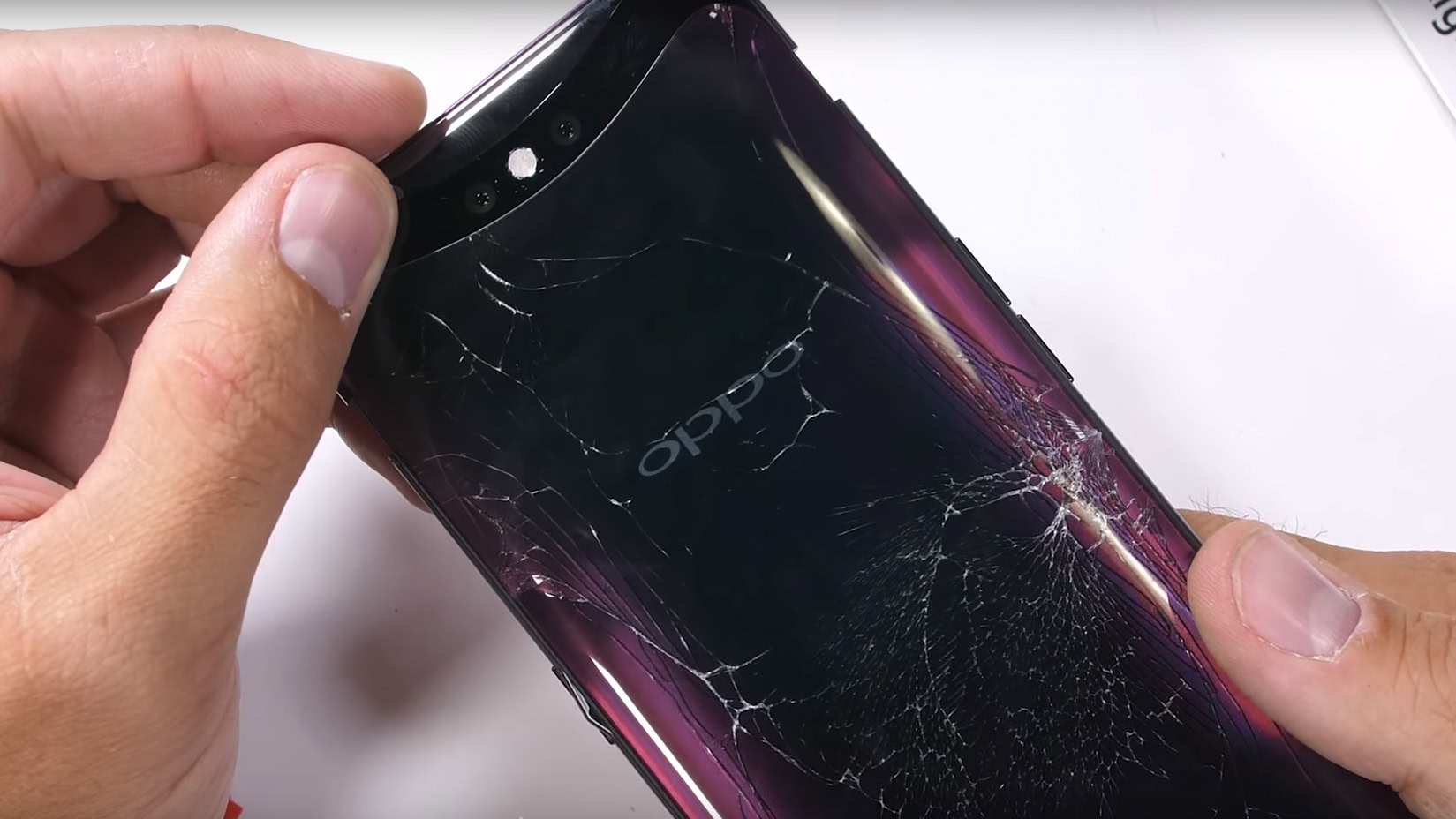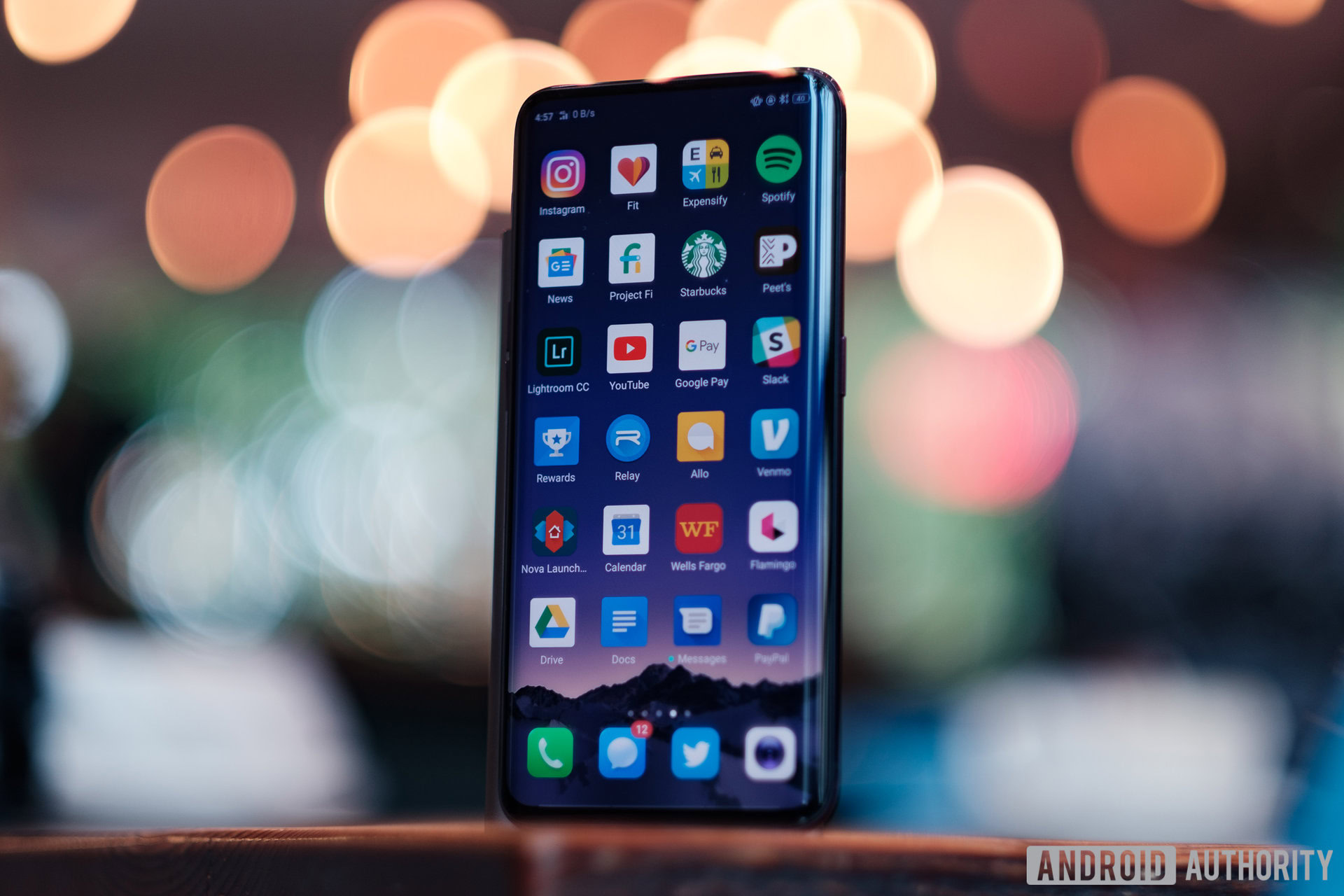Affiliate links on Android Authority may earn us a commission. Learn more.
OPPO Find X fails bend test, but at least the camera still works
July 28, 2018

- The OPPO Find X has a retractable camera module that houses the front-facing and rear cameras.
- JerryRigEverything ran his usual stress tests on the handset and found it easy to bend in half.
- Surprisingly, despite the destruction, the mechanical camera module still worked.
Following his recent adventure of adding a see-through glass back to the vivo Nex, Zack Nelson, the voice behind the JerryRigEverything YouTube channel, decided to put the OPPO Find X through a brutal stress test.
Unlike almost every other handset Nelson tests, the OPPO Find X has a large retractable camera module that houses both the front and rear-facing cameras along with a handful of different sensors. Finding out how durable this smartphone is should give some idea of how well that the device and the mechanical piece should stand up to long-term use.
After watching the video, it’s clear that OPPO spent more time innovating on where to hide the device’s cameras instead of reinforcing the inside of the phone. Nelson was easily able to bend the Find X using his hands which quickly shattered the display and the glass covering the back of the device. That’s quite a rare occurrence with flagships.
After removing the back glass, Nelson found that the Find X had almost no internal reinforcement other than the device’s aluminum frame. With almost no metal on the inside of the phone and nothing of real structural integrity separating the battery from the motherboard, it should come as no surprise that the handset bend in half so easily.

But thanks to this destruction, Nelson was easily able to remove the back glass to give us another look at how the retractable camera module works. Just like with the vivo Nex, a single stepper motor does most of the heavy lifting. For vivo’s handset, this basic design works wells as there isn’t much to move up and down. But as Nelson details in the video, the single motor doesn’t appear to be enough to reinforce the Find X’s camera module.
Additionally, when the camera array is open, there is a decent amount of wiggle room. This instability means that the module could easily become damaged in the future and could let pieces of debris enter the system. Either way, if any damage is inflicted on the camera module, users would lose access to all of the phone’s various sensors.
It’s pretty clear that if you ever plan to own an OPPO Find X, it would be smart to put a case on the phone and never leave the device in your back pocket. It’s comforting to know that most structural damage will not harm the mechanical camera array, but time will tell if the motor moving the module will go the distance after a heavy repeated use. A year? As much as two years? We’ll wait and see.
Thank you for being part of our community. Read our Comment Policy before posting.